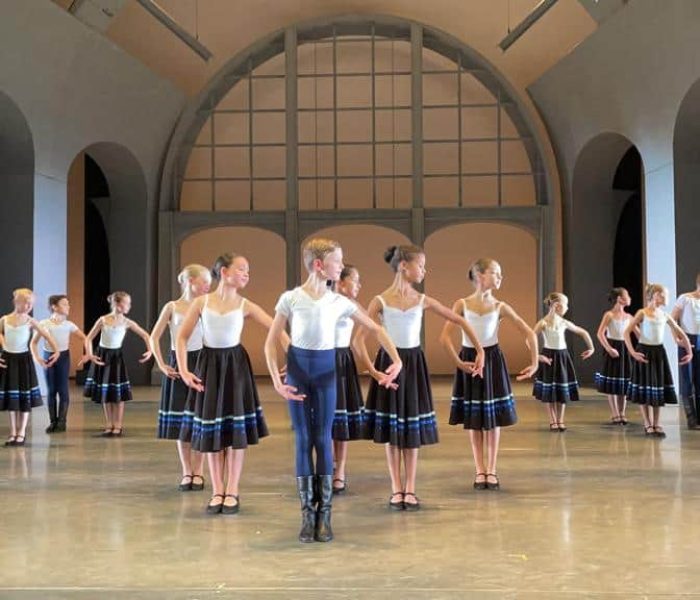In this interview series, we offer a glimpse behind the scenes of the dance world, where passion, ambitions, and challenges converge. Today, we share the story of Pelle (13), who, after three years at the National Ballet Academy, decided to stop. How did Pelle experience his time at the Academy, and why did he decide to quit? And how did his parents experience this process?
Written by Lara Sala
At Pelle’s family home, there is a calm atmosphere. The sunny pastel colors on the walls give me a warm feeling. The seven chairs around the oval table suggest that the house can be filled with a lot of energy. I speak with Pelle’s parents, Nienke and Joris, who take me through their story.
How did Pelle’s interest in dancing come about?
Nienke answers: “It was there from the very beginning. When Pelle was born at 35 weeks, I looked at his calves and thought, ‘He has the calves of a dancer.’ So refined.” Joris adds: “When he was about three years old, I danced a lot with him to classical music. And together with his sister, he made dance performances in the living room. What was striking was that he always wanted to be the classical dancer or the prince, wearing a crown on his head.”
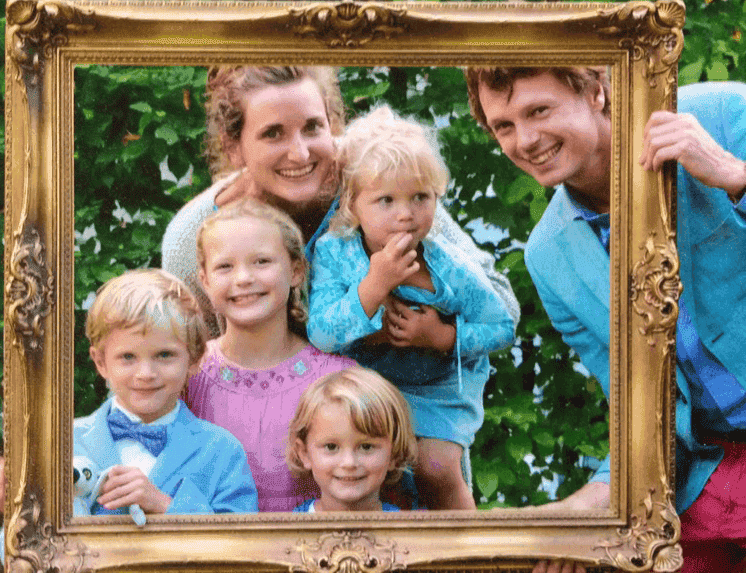
“At seven years old, he went with his sister to a ballet class, and he enjoyed it so much that he also wanted to do ballet, and that’s how it happened. His remarkable talent and ability to move were quickly noticed by a scout from the National Ballet Academy, and he was invited to the pre-NBA. After two years, he was allowed to join the academy,” Joris continues. How did you, as parents, feel about this? Nienke continues: “Pelle really loved the academy. He felt seen there and was surrounded by like-minded people. He really enjoyed the ballet classes.

But with his enrollment at the academy, he was also away from home a lot. He missed his little brother, sisters, and being at home. He had breakfast before we did and ate late, after the other children were already in bed. He was really part of the family only on weekends and during holidays, unless he was called in for a rehearsal.”
Joris adds: “And then came ‘The Nutcracker,’ where he danced one of the child roles. During the production of The Nutcracker, we got our first insight into the life of a dancer: very intense and a full schedule.”
Nienke nods in agreement. “At the academy, you are a student, but when you participate in a production, you suddenly become an employee and part of the National Ballet. Still, they were very professional; they kept a close eye on the children’s hours.”
Joris continues: “The performance time was something he experienced as amazing; he was totally high, so to speak. But on the night of the second performance, the lockdown was announced. Suddenly everything went from something to absolutely nothing. No more euphoric bubble of the academy and the performances, but back home. You saw him relax and unwind, and it was then that doubt and inner conflict began to arise.”
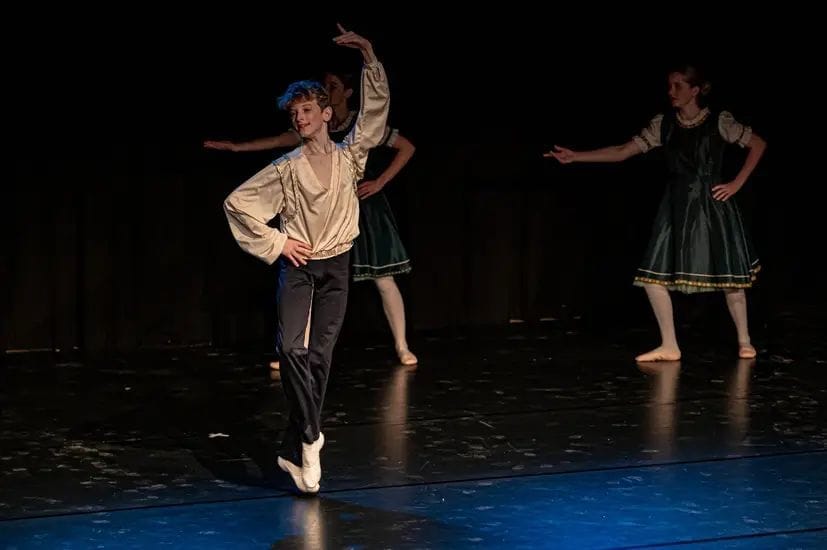
“He was torn between two worlds: the ballet world and the family life at home.”
Joris continues. “I also remember standing here in the morning with his backpack, seeing Pelle sigh. The traveling was really tough for him: getting up at 5:45 every day and not getting home until after 8:00 PM.” He turns to Nienke: “You were a bit more like, ‘Wow.’ I also saw the talent, but I also saw his struggles. And I want Pelle to have a broad life when he’s 19. With his horses, his art, and maybe he’ll do something intellectual as well. He’s really smart. And I also see him as a father later in life. Can you combine that with such an intense life? Is part-time dancing even possible?”
Nienke: “He was torn between two worlds: the ballet life and the family life at home. The doubt that arose during the COVID period didn’t go away. The constant question was whether he should continue or stop. When he was at the academy, he wanted to continue, but when he was home, he started doubting again. Between Christmas and May, we struggled with it and talked a lot about it as a family. That’s when we said, ‘You can choose.’”
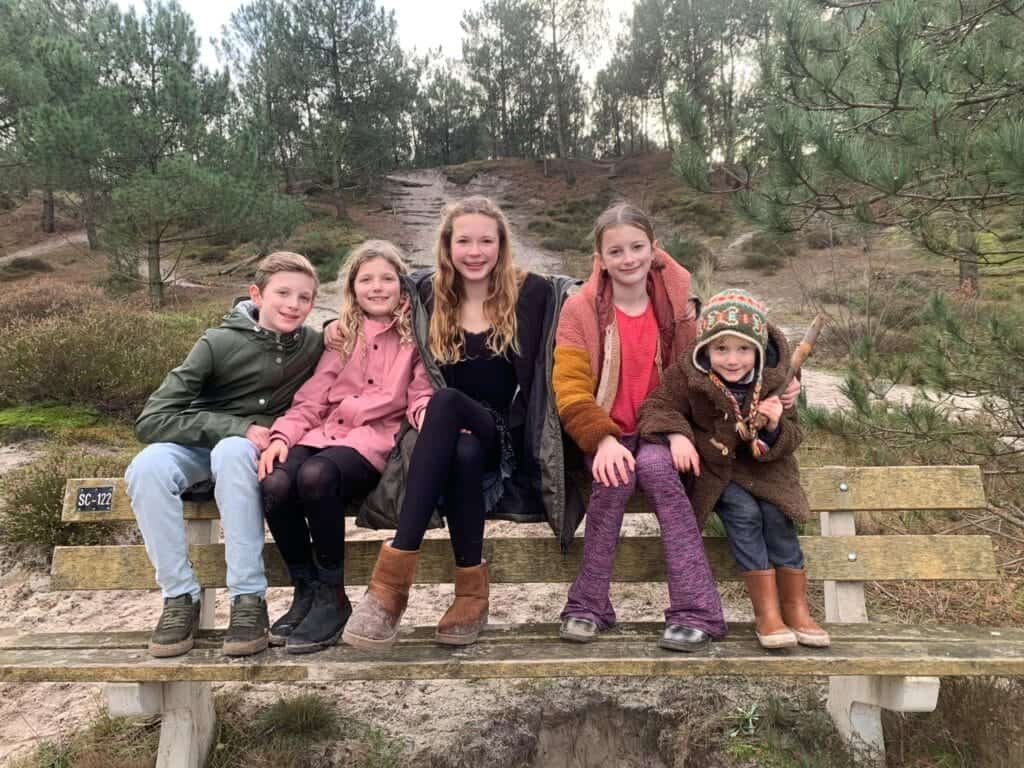
Can a child really choose?
Joris responds firmly: “They can’t. We had conversations, stood by his side, and explored it together.”
“Real Dutch talent is rare. They see someone like Pelle once every five years.”
Did Pelle receive support at the academy in this difficult decision?
“They supported him well here. There was a coordinator from the program who spoke with him. ‘It’s up to you, but we see something very special in you,’ they told him.” Joris continues: “We were even called by the artistic director, who told us that much of the talent comes from abroad. ‘True Dutch talent is rare.’ Someone like Pelle is seen once every five years. He has the right work ethic, discipline, and presence. They wanted to help him further develop his talent.”
“Choosing dance or your family at ten, that’s not doable, is it? Just let go of what you love so much.”
But why did he ultimately decide to quit?
A silence falls. “It was too much doubt: I think he decided not to continue,” Joris says in the end.
“Not being able to live his childhood was too big a sacrifice,” Nienke adds. “Why aren’t there regional dance teachers who teach at an academy level, so children can stay in their own environment with their families? Send the teachers to the children in the field; they’re adults. Choosing between dance and your family at ten years old is just not possible. What if he regrets his decision later? Or blames us for not pushing him to continue? Let go of something you love so much. He didn’t leave because he didn’t like it, but because he missed being home.”
Nienke continues: “He went until the last lesson of the school year, until the summer holidays. He still has moments when he looks up everything: the academy’s Facebook pages with photos of himself and his former classmates. And then the question comes up again: ‘Should I go back?’”
The thought crosses my mind: time will tell. I sit on a bench under the blooming wisteria in the garden and let Nienke and Joris’ story sink in. Suddenly, Pelle stands in the doorway. Graceful, as only a dancer can be. Dressed in loose green pants, a white T-shirt, and a silver chain around his neck. With his friendly blue eyes, he looks at me.
Can I ask you something, Pelle? What does dance mean to you?
“Freedom. Just clear my head, it’s just nice to do. Not having to think about anything, just being free from everything.”
How did you start dancing?
“When I was four, I started with world dance. Various types of dance for little kids, given after school. The teacher stopped at some point, but by then my sister was already at the Ballet School Attitude in Bergen. One time I went along to watch her class, and I liked it too. That’s when I started ballet. A friend from my class had auditioned at the ballet academy, and I thought that was also very fun. We both got accepted to the pre-NBA. When I was ten, I was accepted to the academy.”
Pelle talks enthusiastically about how much he enjoyed the academy: “It was a really nice, fun, and social time. I really enjoyed it a lot.”
“Dance means freedom to me.
Not having to think about anything, just being free from everything.”
Can you tell me why you decided to quit the Academy?
“I left because I found it too tough. I had to get up very early every day. The long journey to Amsterdam was tiring, and I came home late in the evening. I definitely liked it, but I wanted to be home more, with my family; to be able to be a kid. I could do that there too, but it’s very different.”
“At the Academy, everything was fully focused on ballet,” Pelle continues. “Of course, there was some attention given to other dance styles. But you really had to go 100% to become a dancer. I didn’t have that at the time, I think. That’s why I stopped at the ballet academy. Now I dance at a smaller ballet school, twice a week. It’s just fun.”
So, it was a good choice, Pelle?
“Yeah, I’m happy with it, but sometimes I wonder if I should audition again. I’m also doing performances with Alex Klaasen.”
Yeah, I saw you, I say. I thought it was really beautiful.
“Really? How nice. Did you see me or other boys?”
“No, I saw you,” I answer.
“Nice,” says Pelle, almost happily. “I’ve gone a bit backward in flexibility since I don’t dance every day anymore. Maybe I should stretch more because I want to stay flexible.”
What would your ideal ballet academy be like?
“A place where I can sing, act, and also get classical ballet! And that it’s close to home so I can be at home a lot.”
How is Pelle doing now?
Leaving the academy didn’t mean that Pelle had to give up his love for dance. This has been carefully supported by Joris, Nienke, and the ballet school where Pelle now dances. In 2023, Pelle was asked to dance in the performance No Ponies by Alex Klaasen. After his performance at Alkmaar’s Talent, Pelle was invited to perform in a show by theater maker Alexander van der Doorn. Besides his performances, Pelle now also has time for other hobbies. He rides his bike daily to the Free School in Bergen and takes care of horses near his home.
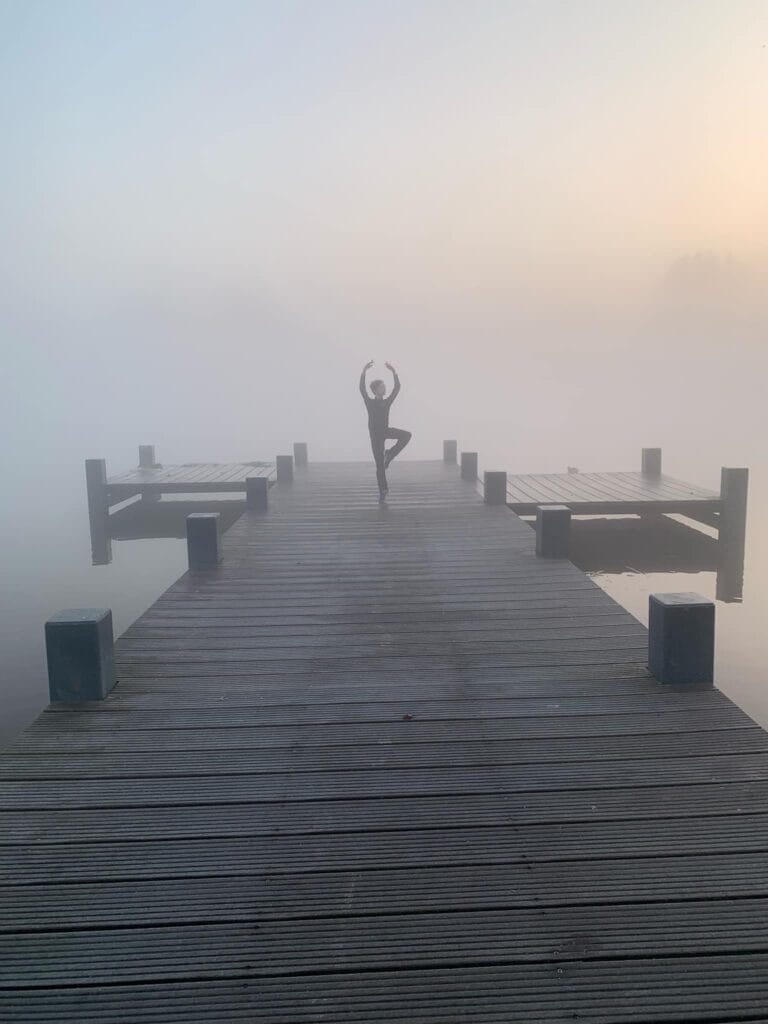


Would you also like to share your story?
Let us know by sending us an email or a message through our social media channels.
Have you experienced situations from the story above that you feel were inappropriate?
Talk about it and report it. Even if you’re unsure. Help is available. For more information, visit the Help and Advice page.
